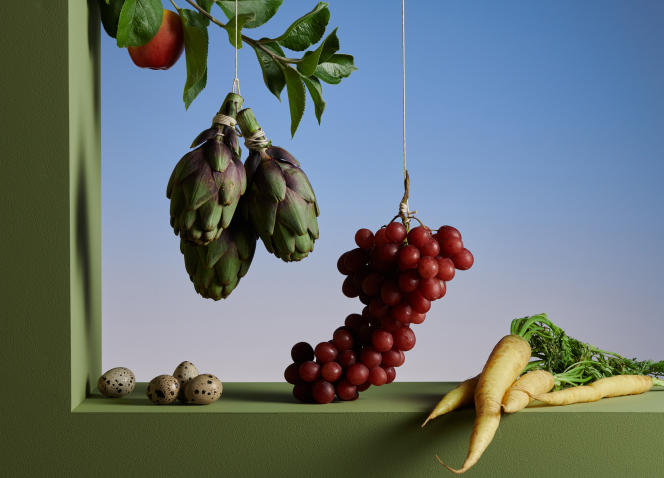It is a television sequence that now belongs to the history books. The scene takes place in the spring, in the year of grace 2020. Confined to their cottage, the French are even more passionate about “Top Chef”, a program broadcast on the M6 channel for the eleventh year in a row. On this quarter-final evening, there are more than three million to follow one of the ultimate outcomes of this great culinary tournament.
Towards the end of the episode, the lights shine on Adrien Cachot and everyone holds their breath. The young cook with the shaggy beard, who competes under the purple banner of chef Paul Pairet, then advances towards a dish covered with fir branches on which rest three oysters and two beautiful pieces of foie gras. In a great cloud of smoke, he sets fire to a flamboy and comes to sprinkle his dish with a liquid that is just as tasty as it is burning: melted pork bacon.
The utensil used, also called “flambadou”, exhumed from the kitchens of the Middle Ages, surprises by its anachronism: visually, it is a pierced cone with a rustic look, supported by a long iron rod; technically, it was once used to sear pieces of meat while hot and give them a good taste of flambé fat.
That evening, for the risk-taking and the originality of his approach, Adrien Cachot was honored by the members of the jury. At the same time, the medieval kitchen makes a sensational entry into the living room of the French. The next day, amateur cooks rush to Leboncoin to acquire an old flamer while medievalists rejoice to see their discipline, often considered austere, thus rehabilitated at prime time.
The study of food habits and customs that were current in Europe during this period which extends from the Ve century to the fifteenthe century does not, however, date from yesterday. For the past thirty years, many specialized historians have been exclusively interested in the question. Taken end to end, the works of Patrick Rambourg, Josy Marty-Dufaut, Jean-Louis Flandrin and even Bruno Laurioux make it possible to lift a large part of the veil on the gastronomy of those distant times.
In their writings, we discover a much richer and more varied diet than we can imagine. The era was marked by the consumption of cereals, porridge and soups – which constituted the basic diet –, but also by the growing use of spices (black pepper, cumin, cinnamon, cloves, nutmeg ) and aromatic herbs with medicinal properties (mustard, parsley, sage, caraway, fennel, dill).
You have 63.56% of this article left to read. The following is for subscribers only.
